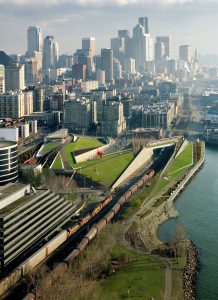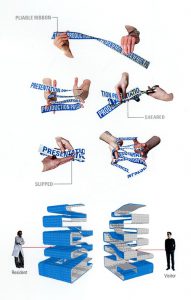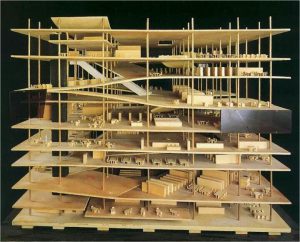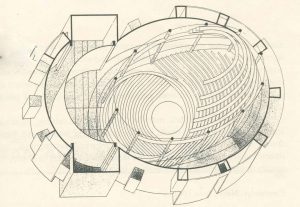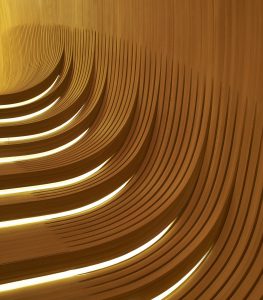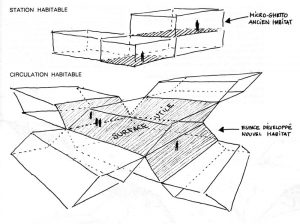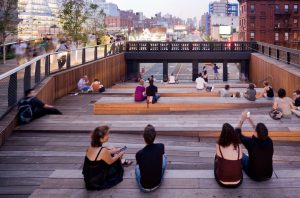Converging Grounds: An Immersive Synesthesia
|
STATEMENT This thesis situates itself with a desire to introduce public space into the urban centre through a re-interpretation of building to ground relationship to form a coherent experience of building to city; create an immersive experience which allows users and public to be aware of, and actively engage with, their surroundings. WHAT Dense urban fabrics, like Central in Hong Kong, reflect an orthodox figure-ground relationship that creates distinct boundaries between the buildings and the ground. The result is public space that is not only limited and mostly confined to the streets or elevated walkways, but also striated in nature. For the public, the homogenous ground plane and striation of spaces has created a monolithic experience between the buildings and the city. Not only has this disengaged the public with its environment, it is more importantly leading towards social and cultural stagnation. If ground and building begin to merge, the boundary between city and architecture can be blurred, and striated spaces can become smooth. A continuous experience of the environment can pave way for architecture that actively participates with its users and becomes a democratic stage for social activities. The Public can become the Culture. Urban centres settled in close proximity to water, such as Central, have undergone transformation from being dependant on waterfront infrastructure for trade to now relying on road and rail networks. The resultant patchwork of disconnected and marginalized sites along Central harbourfront provides an opportunity for this Thesis Project to find a convergence between buildings, elevated walkway systems, on grade streets, and waterfront promenade and synthesize them into a meaningful public realm. WHY The territory of architecture must concern itself with the whole built environment and although architects in the past have programmed public spaces and broken traditional figure-ground relationships on separate instances, the manipulation of ground to address larger social-cultural concerns intertwined with architectural organisation within a dense urban framework has largely been neglected. As urban centres become increasingly populated and over-burdened, spaces need to achieve more than one function; harnessing heterogeneous qualities of flow and field conditions into a narrative of collective activities becomes essential for the public realm. Moreover, integration of a complex continuum of public activities between building and city is both physically and economically more powerful than individual objects on the field. This can sponsor even more activities and result in a constantly stimulated public space. Having said that, issues of continuity need to be put up against limitations such as property domains and infrastructural concerns.
HOW To craft a public realm through architecture, The methodology of the thesis revolves around exploration of folding surfaces and contouring as a way to break down traditional building hierarchy. At the same time, the method provides opportunities for precise manipulation of surfaces and contours to create varying immersive affects of stimulation. The driving force behind the manipulation will be organisation and juxtapositioning of opposing affects that can instill awareness of the environment through an immersive public experience intertwined with the architectural programme. These affects can include but not limited to:
On the one hand smooth surfaces can allow permeability of space, setting up fluid sequences of uses and circulation that allow for flow of culture and economies. At the same time they can be used as visual path orders that are productively dissociated with movement to instill curiosity and stimulate exploration. Layering of surfaces can allow for multiple programmes to co-exist in dynamic sectional relationships that calibrate adjacencies with context yet establish atypical relationships between disparate spaces and social settings to resolve complicated programmatic needs of a confined site in a dense setting, Contouring can allow transitions between striated and smooth spaces which can be used to negotiate the divide between individual and communal: create spaces of solitude and open fields of interaction. The aim is not only creating single experiences but craft engagement of individuals with the collective and bring a sense of belonging: a necessary dialogue for successful public space.
BIBLIOGRAPHY
|
